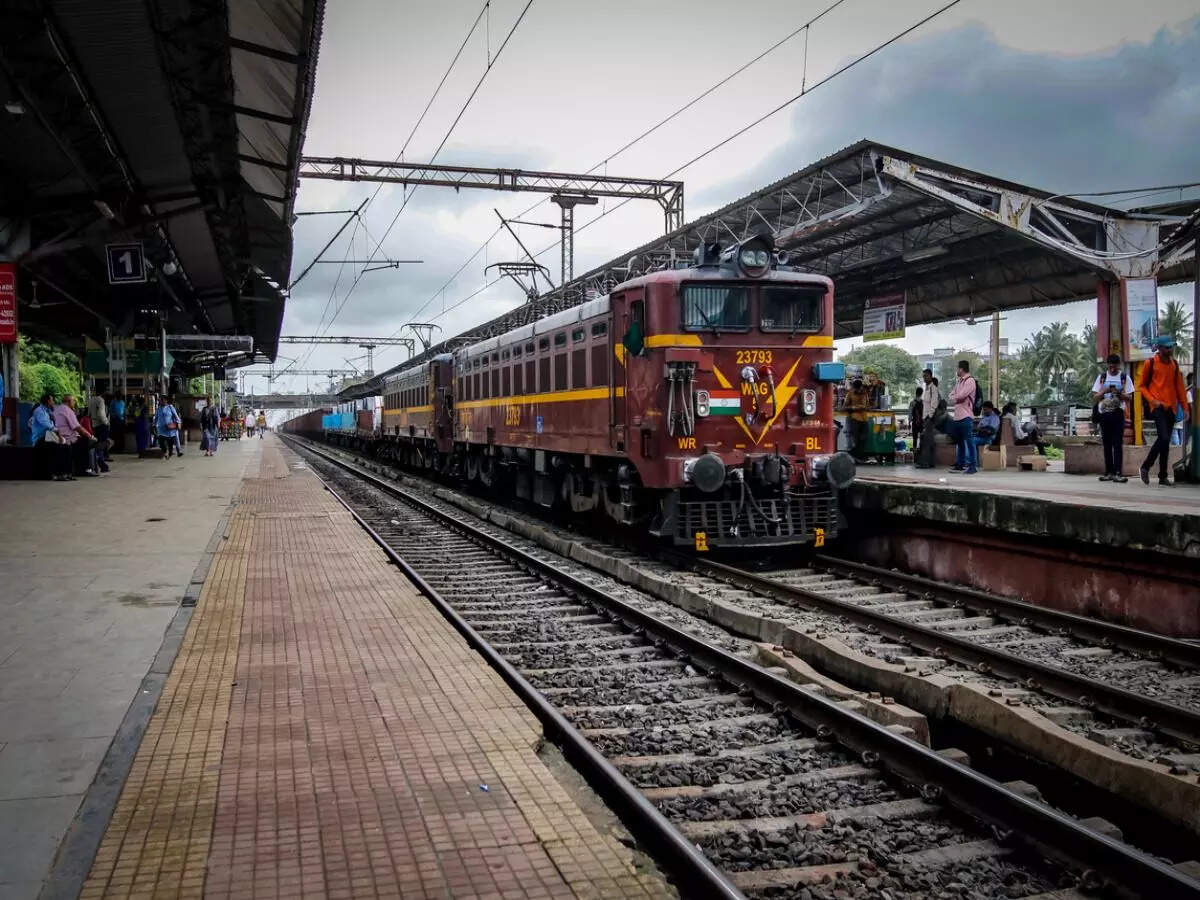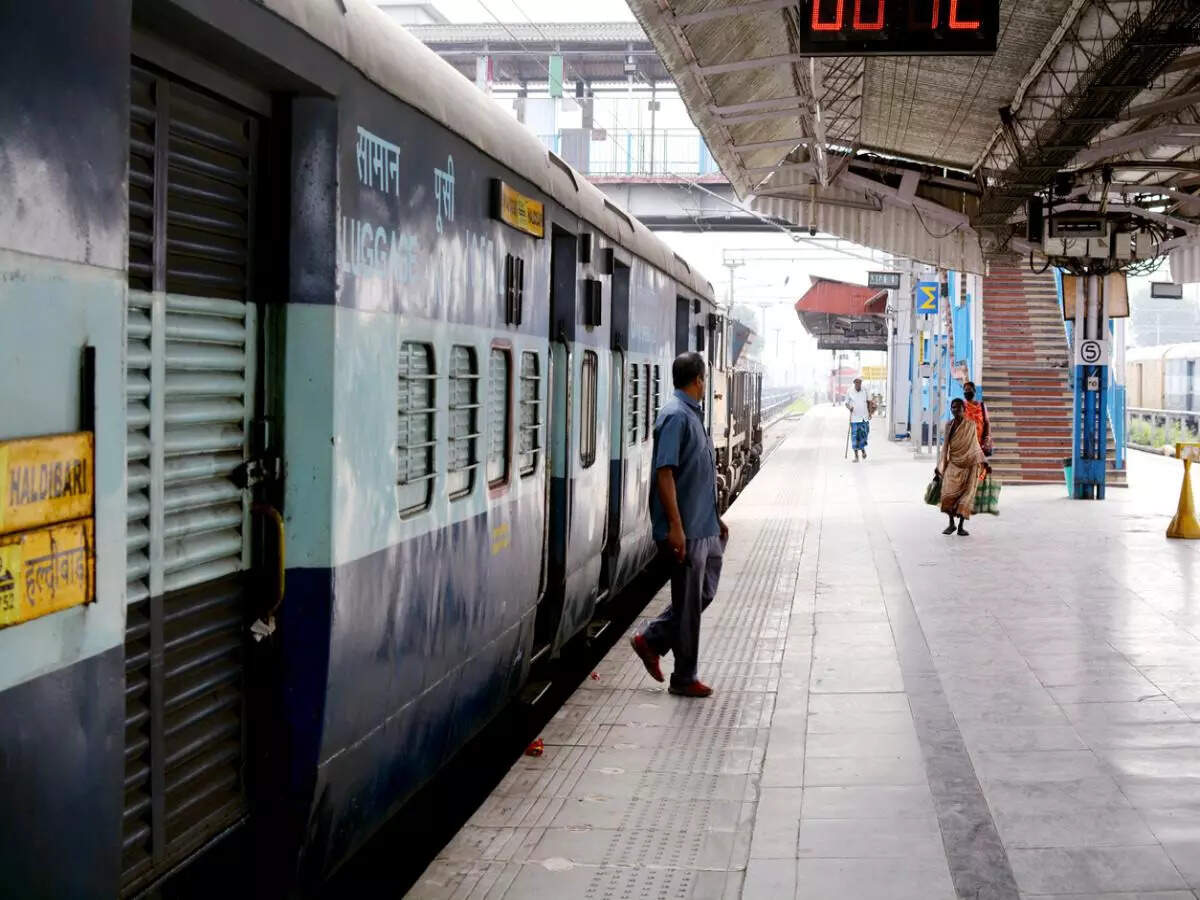
As per the latest news reports, the entire broad gauge network of the railways will be fully electrified within the next few months, well ahead of the fiscal year-end. An interim budget has earmarked INR 6,500 crore for ongoing electrification projects. This move positions Indian Railways to become the world’s largest environmentally friendly rail system, given that many regions in India have already achieved full electrification.
While speaking to the media, a senior railway official in the know-how added that India is committed to complete electrification with a dedicated fund of INR 6,500 crore in the fiscal year 2025.
9 offbeat hill stations perfect for April getaways
FacebookTwitterPintrest
Since 2014, the railways have invested over INR 46,425 crore in electrification efforts. While it will take some time for diesel locomotives to be phased out and replaced by electric engines, there has been a notable shift with more electric engines than diesel ones. As of December 2023, the railways had 10,238 electric and 4,543 diesel locomotives.
In the fiscal year 2023-24, the railways electrified 7,188 kilometers of rail network, including routes like Ahmedabad-Rajkot-Okha (499 km), Bengaluru-Talguppa (371 km), and Bathinda-Firozpur-Jalandhar (301 km). This transition to electric traction is expected to reduce carbon emissions by 24% by 2027-28.
Read more: India’s top snake parks: A fascinating journey into the world of slithering reptiles
Since 2014-15, the railways have electrified over 40,000 route kilometers on the broad gauge network, a significant increase compared to the years before 2014.
Rail electrification is progressing at a rate approximately nine times faster than a decade ago, from 1.42 km per day in 2014-15 to about 19.6 km per day in 2023-24.
Compared to the European Union, the UK, and the US, India is leading in rail electrification. Data indicates that Indian Railways are 95% electrified, surpassing figures of 56% in the EU, 38% in the UK, and only 1% in the US. Switzerland, however, stands at 99% electrification.
Read more: 8 fun activities you can only enjoy in Sikkim
Officials highlight the significant environmental benefits of rail electrification, positioning it as a catalyst for growth. It reduces dependence on imported fossil fuels, creates job opportunities during construction, and enhances the railway’s role as an economic growth engine.

While electrification promises cost savings and strategic importance, concerns arise about the source of electricity, with 70-80% of plants using thermal coke for power generation. Experts argue that without renewable energy sources, electrification merely shifts carbon emissions. Nonetheless, the railways have set a target to become the world’s largest green railway with zero carbon emissions by 2030.
>>> Read full article>>>
Copyright for syndicated content belongs to the linked Source : Time Of India Travel – https://timesofindia.indiatimes.com/travel/travel-news/indian-railways-nearing-milestone-to-become-worlds-largest-green-network/articleshow/109186884.cms
































